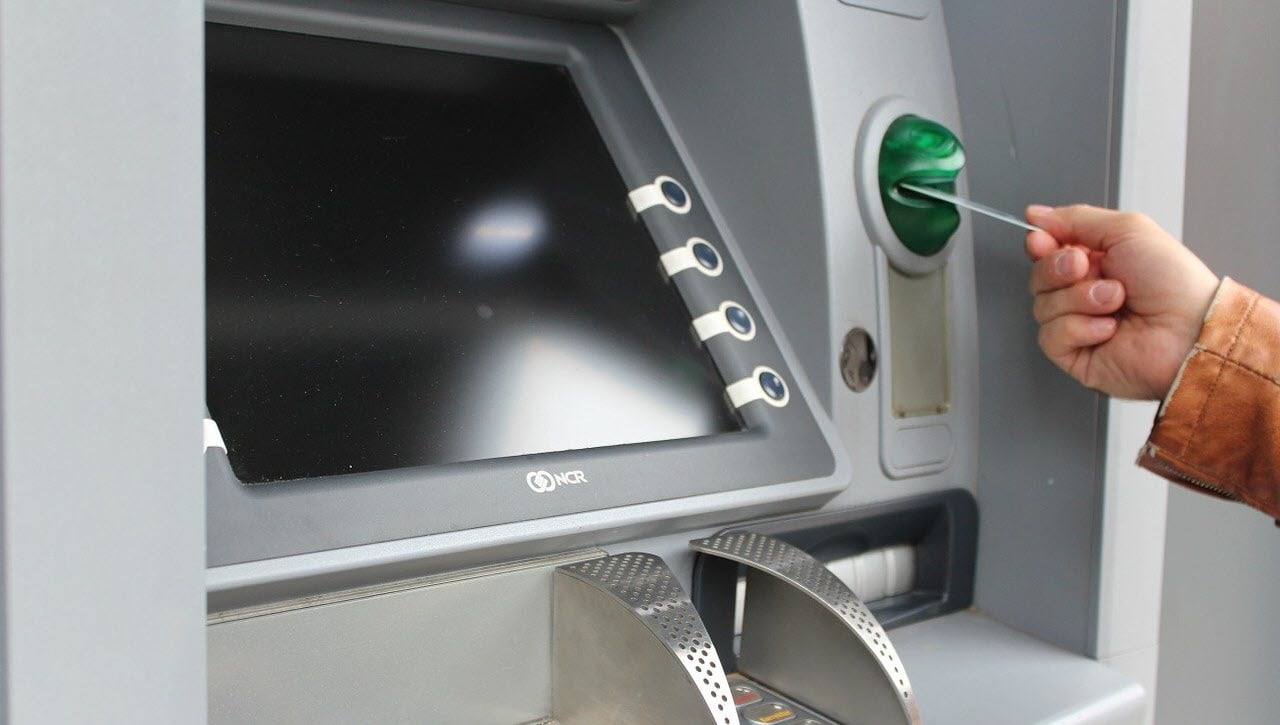Touchscreens have been an integral part of our laptops, smartphones, ATMs and our lives in general. It has been the way we interact with our smart devices, which are increasingly becoming the centre-piece of our lifestyle.
Almost all of us know how to use a touchscreen device, but not many of us know how the tech actually functions. Here we’re going to dive into this topic and find out how the current device you are using works. Below we’ve explained the four primary types of touchscreens — resistive, capacitive, infrared, surface acoustic wave — how they work and where they are used.
Resistive Touchscreen
These are one of the most commonly used touch screen technologies and are a part of the ATMs and supermarket check-out counter. They even appeared in a few cheaper first-gen touchscreen smartphones. As the name suggests, these screens resist the touch and need to be pressed hard to function. The resistive touch screen consists of two different layers — one conducts electricity at all times, and the other is more resistive and non-conducting.
Both the layers are separated by spacers that maintain a gap between the two until they are pressed hard against each other. When the layers touch each other, the electric current is exchanged at the point of contact, and the coordinates are detected through the software. Resistive touch screens are easy to manufacture and but can’t detect two touches at the same time as the current is drawn at two different points.
Also read: Capacitive vs Resistive displays; Are resistive screens still used?
Capacitive Touchscreen

Multiple layers of glass are used to make a capacitive touchscreen. Just like in a capacitor, the screen behaves like two electrical conductors separated by an insulator. The inner and outer layers conduct electricity, thus making it work entirely like a capacitor. When the screen is touched, there is an alteration in the electrical field because of which the touch is registered. Capacitive displays also enabled phone manufacturers to implement multi-touch displays that allowed the device to register touches on multiple points of the screen at once. However, you cannot use a plastic stylus while working on this screen.
Also read: What is DNS and how does it work
Infrared Touchscreen
Infrared touchscreens consist of a grid pattern of LEDs and light detector photocells, which are arranged on opposites ends. At the front of the screen, the LEDs fire infrared beams. When you touch the screen, two or more beams are interrupted, and a microchip is placed inside the screen calculates where exactly your finger touched via the interrupted beams.
These screens work with both your finger and a plastic stylus. Furthermore, these screens are stronger than Capacitive ones as they do not require patterning on the glass. 
Surface Acoustic Wave Touchscreen
While the three types of touchscreens above detected touch via light, a surface acoustic wave screen detects the touch via sound. It generates ultrasonic sound waves at the edges of the screen, which are reflected back and forth across the surface. When we touch the screen, these reflected beams are interrupted, and their energy is absorbed. Just like the infrared technology, the microchip controller calculates where exactly the screen was touched.
Surface acoustic wave touchscreens are used in industrial control rooms, multimedia payphones, electronic catalogues, POI Kiosks, and ticket sales.
Also read: What is Quantum Computing? How does a quantum computer work?






